
Along the highway from Dakar to St. Louis, Senegal.

“The island of Gorée lies off the coast of Senegal, opposite Dakar. From the 15th to the 19th century, it was the largest slave-trading centre on the African coast. Ruled in succession by the Portuguese, Dutch, English and French, its architecture is characterized by the contrast between the grim slave-quarters and the elegant houses of the slave traders. Today it continues to serve as a reminder of human exploitation and as a sanctuary for reconciliation.” https://whc.unesco.org/en/list/26/
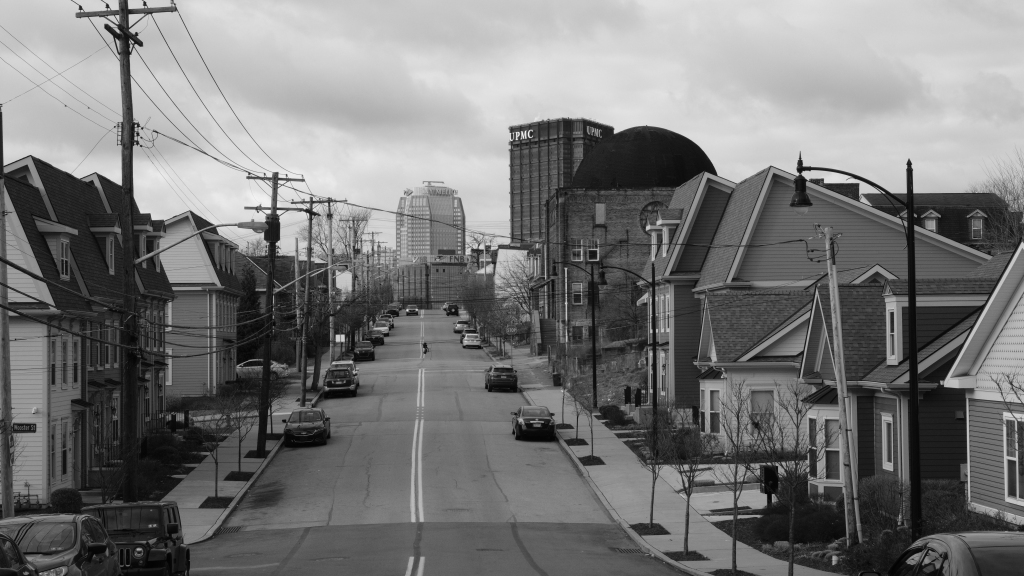
Hill District, Webster Avenue, Pittsburgh, PA. View of downtown Pittsburgh. #pittsburgh #hilldistrict #blackandwhitephotography #fujifilm #fujifilmxt3
Freddy Boyotai is demonstrating how to load and shoot a blowgun.
The Waoraini and the Quechua people use similar blowguns, with Quechua blowguns being a bit more rounded. In both cases, a blowgun is a really long pipe (about 8 feet long). The dart itself is a wooden stick that looks like a 15-20-inch-long thin skewer. Hunters take a bit of palm fluff that looks a bit like cotton and wrap a little bit of it around the rear end (the dull end) of the dart to create a seal when the dart is inserted into the pipe. The container that holds the “fluff” is made from a seed pod of a tree in the Rubiaceae family. The “cotton” material is kapok, fluff from a kapok tree seed pod. Darts are made from the stem of a palm leaf.
The next step involves a small necklace made of piranha teeth that many men wear around their necks. The neckless is basically a set of two piranha jaws – hunters use the space between the sharp teeth to cut a small grove in the dart so that when the dart hits its target, the tip would break off. Once the dart is notched, the tip is dipped in poison, usually made from curare vine. Curare vine poison is a paralytic agent – when it enters the bloodstream, it paralyzes an animal, so that even a small wound would render the animal incapable of escaping.
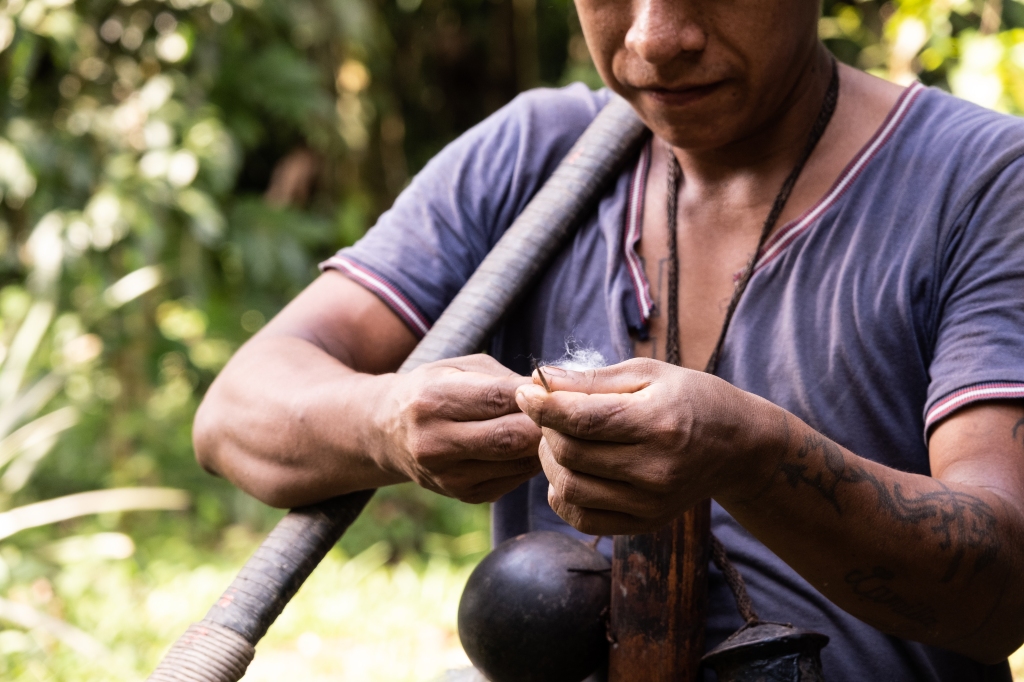
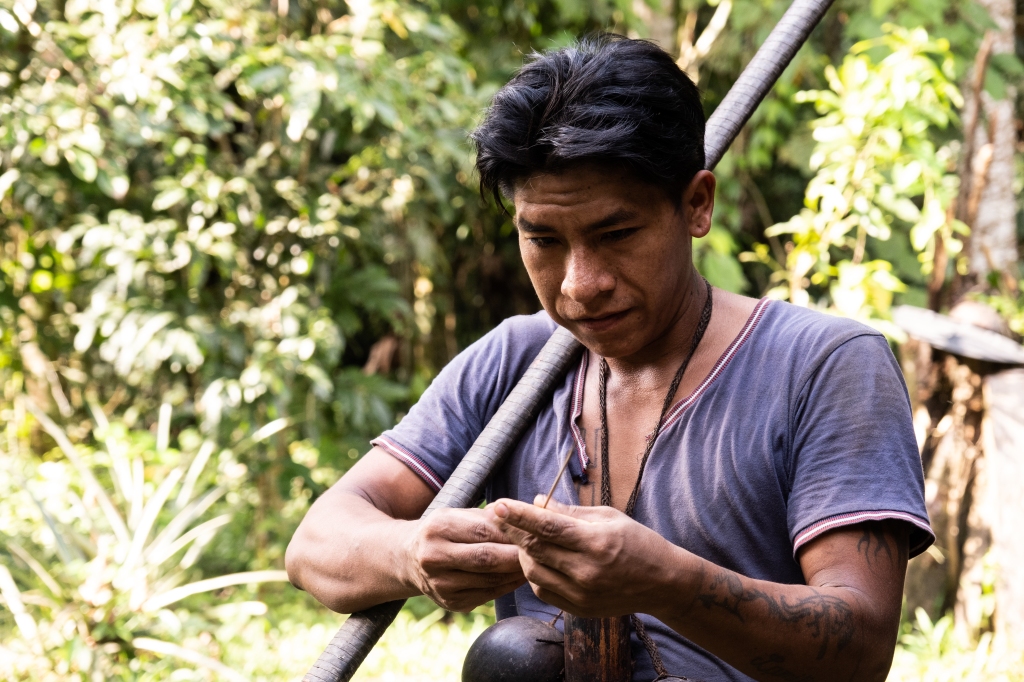
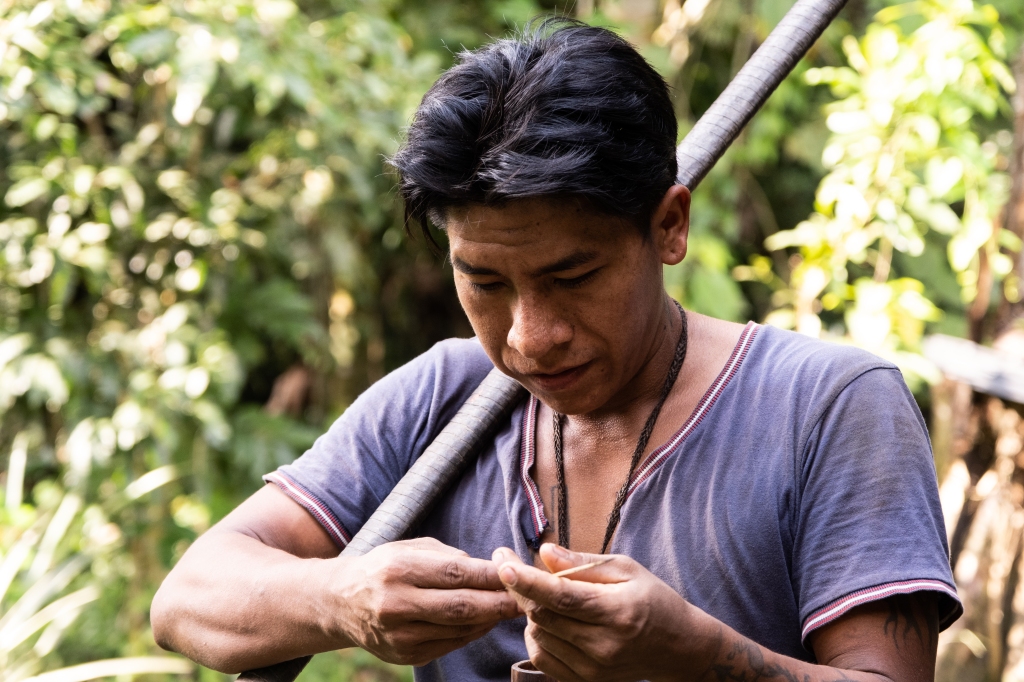
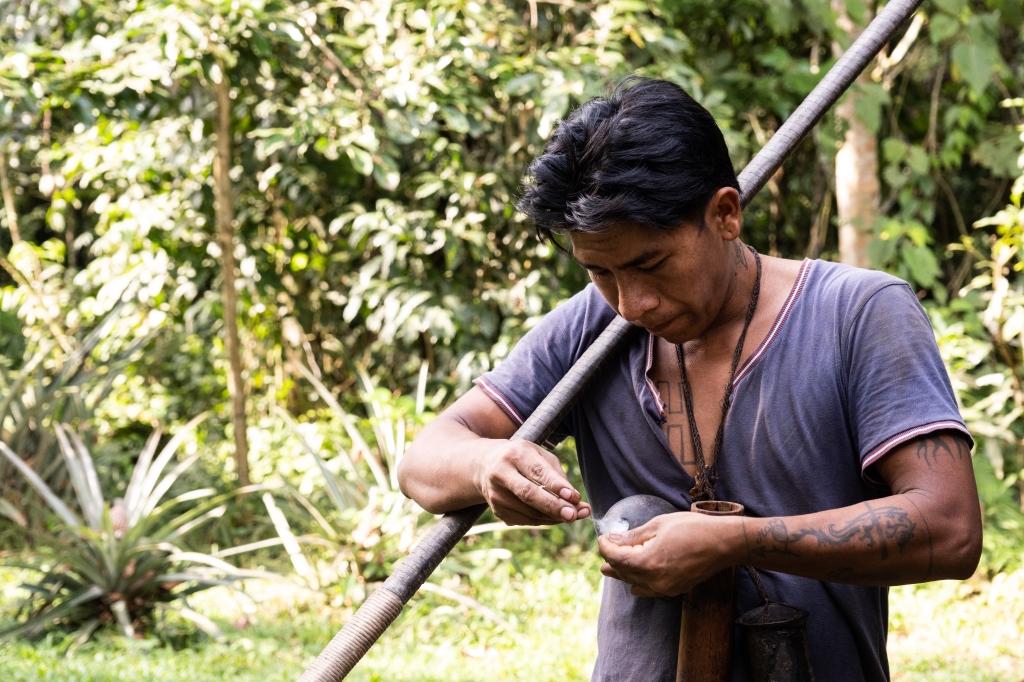

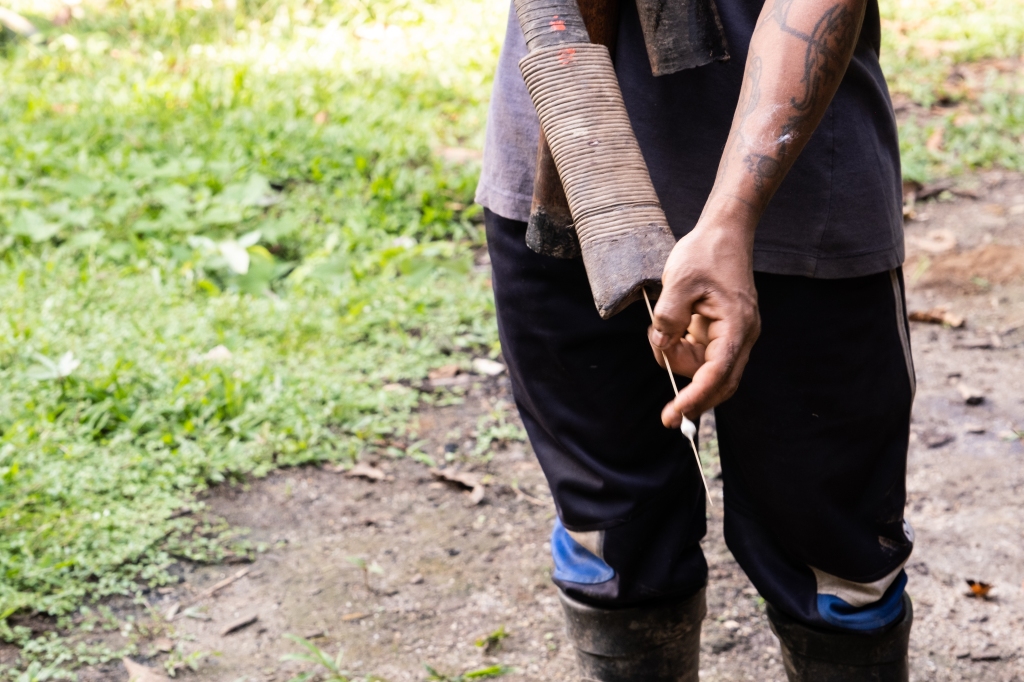
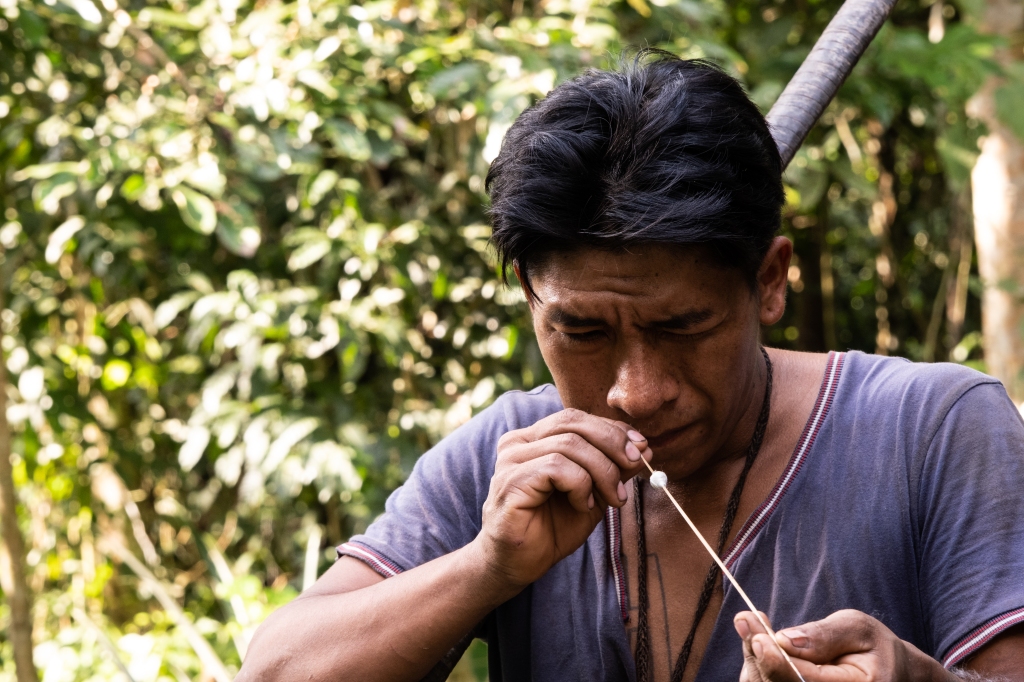
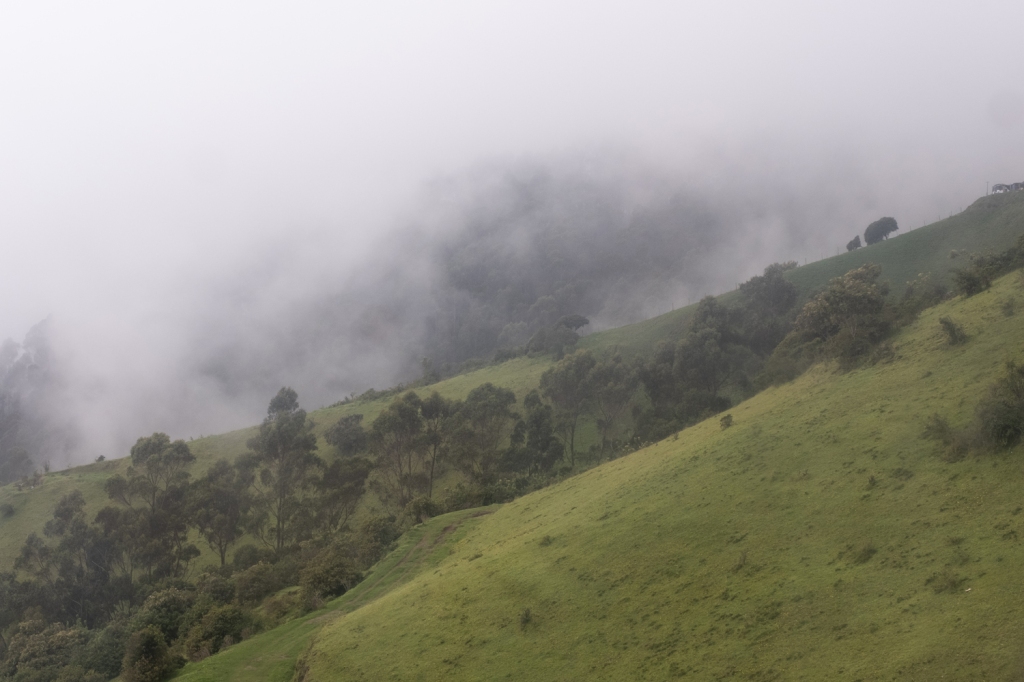
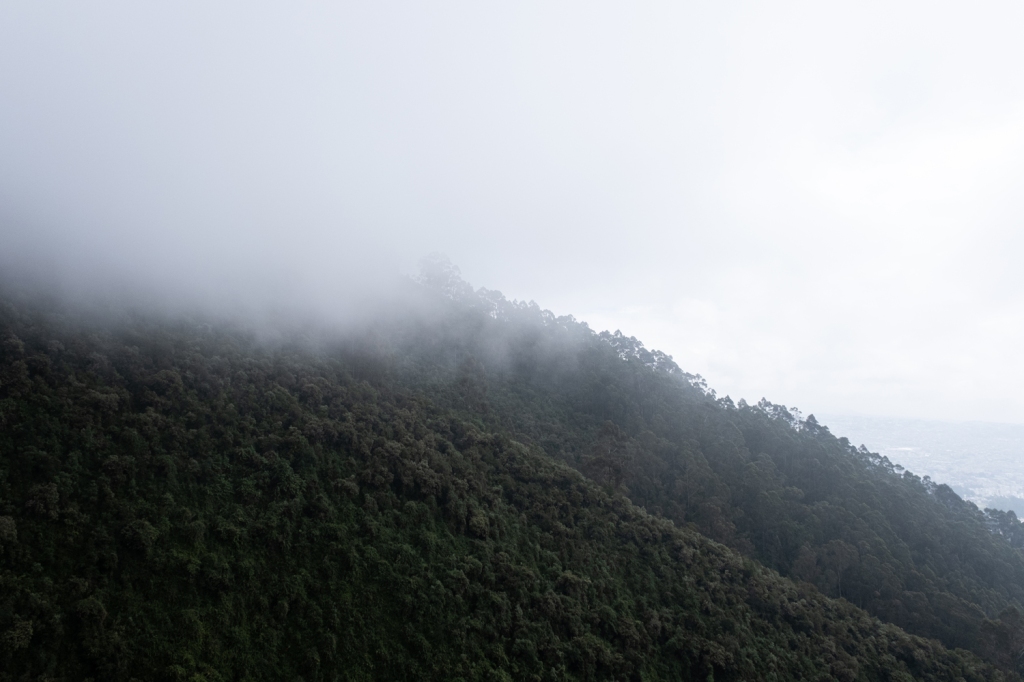

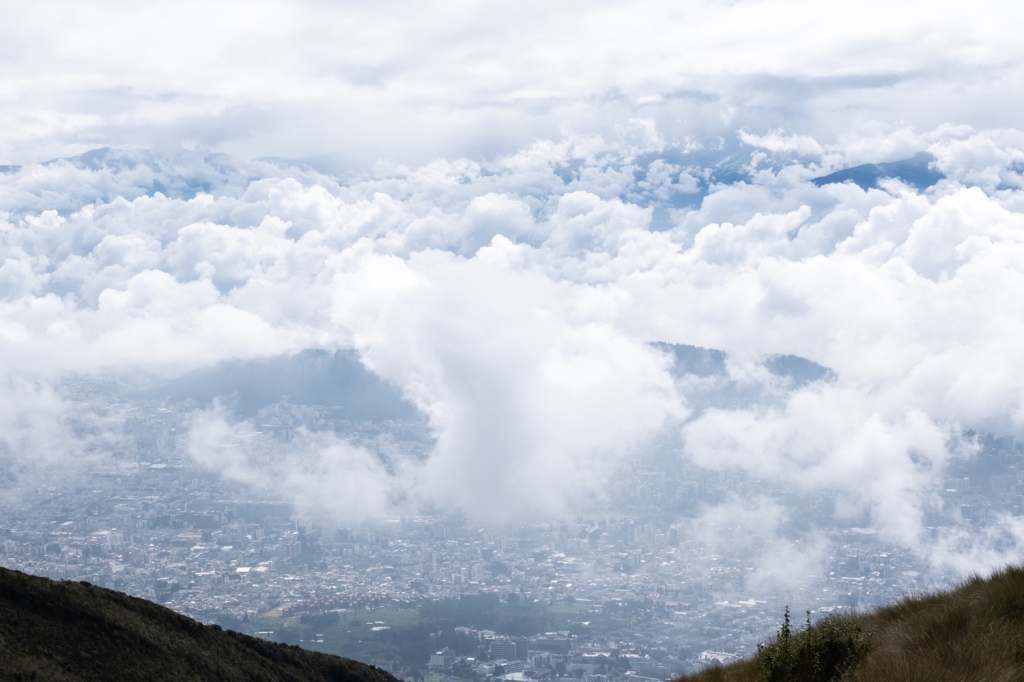

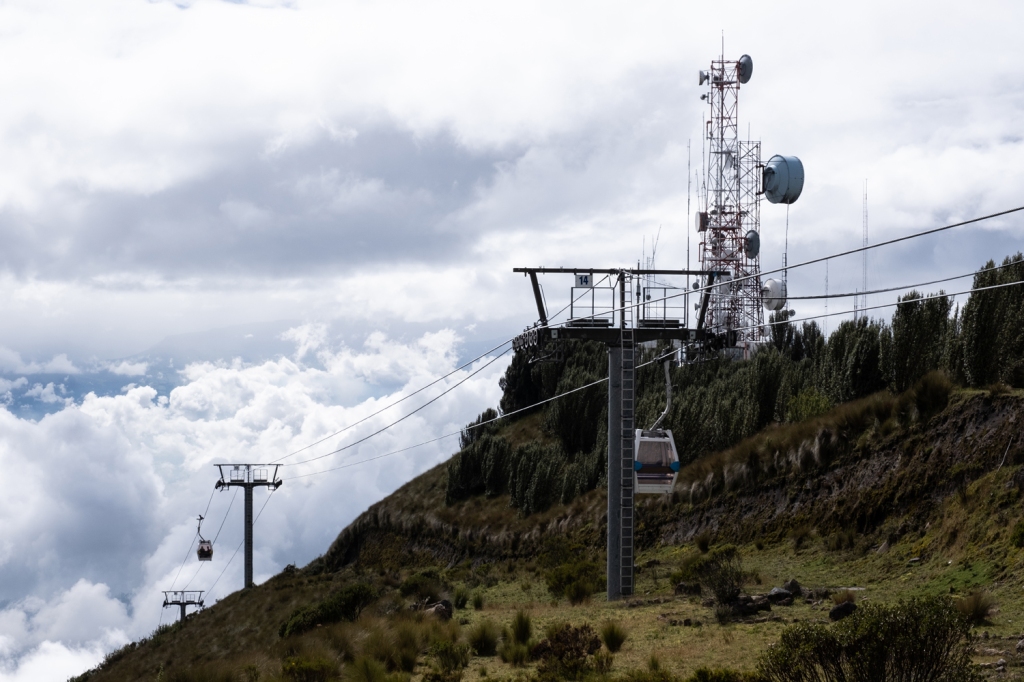
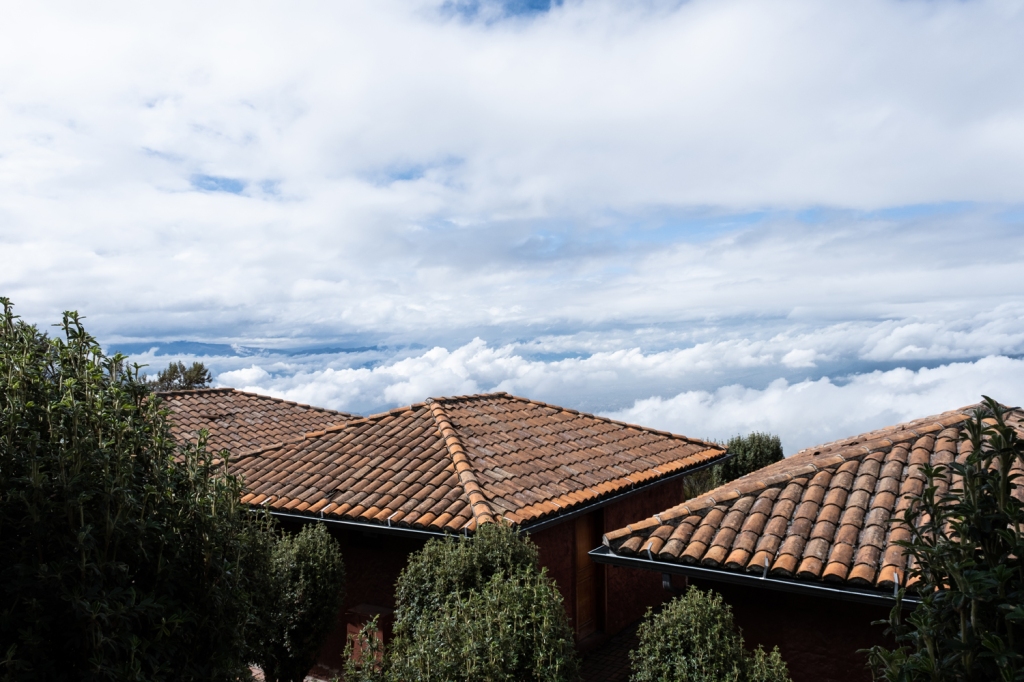

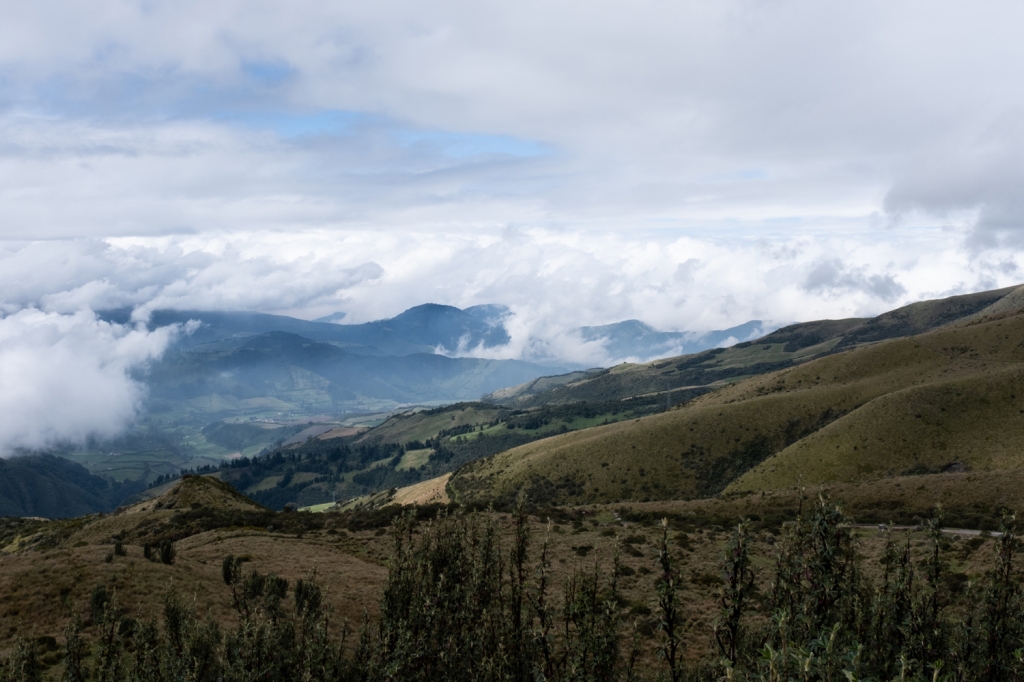
An airboat ride through Lake Panasoffkee, Florida

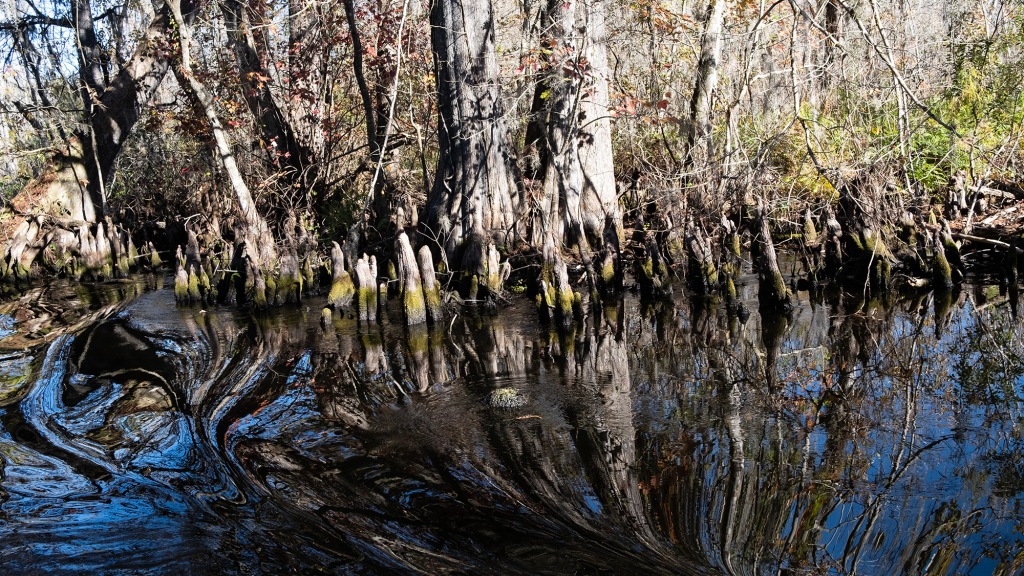
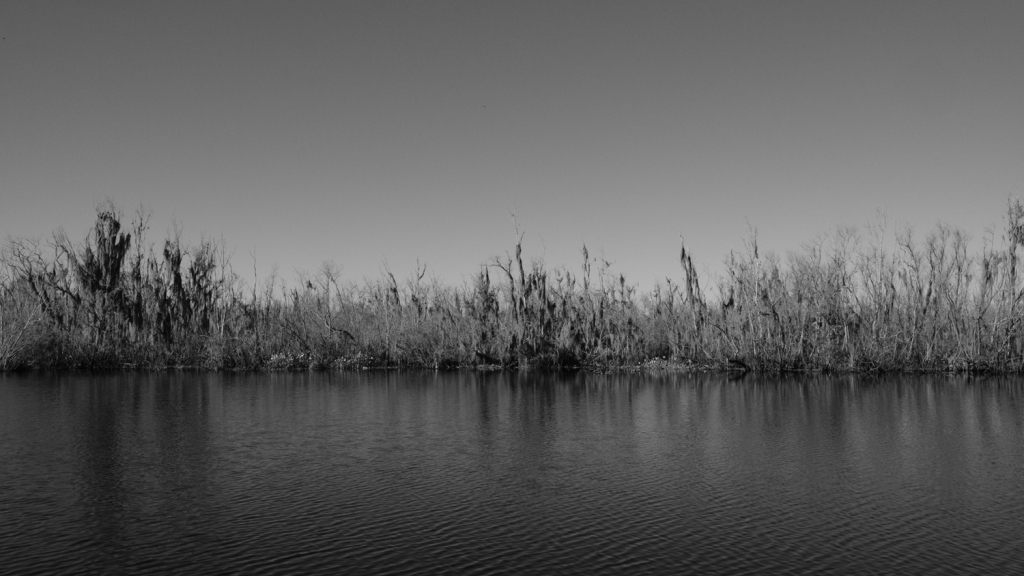
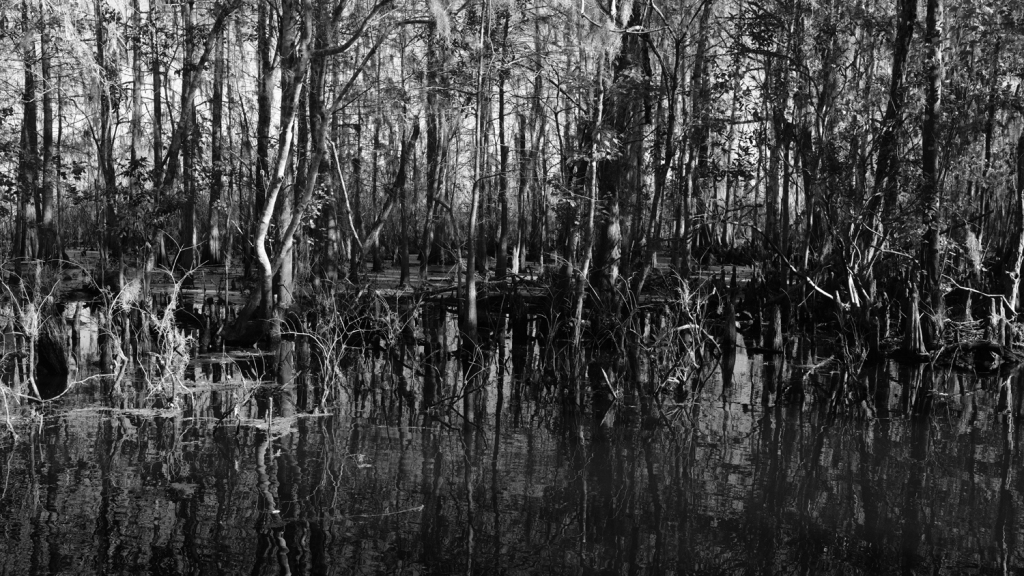
You must be logged in to post a comment.